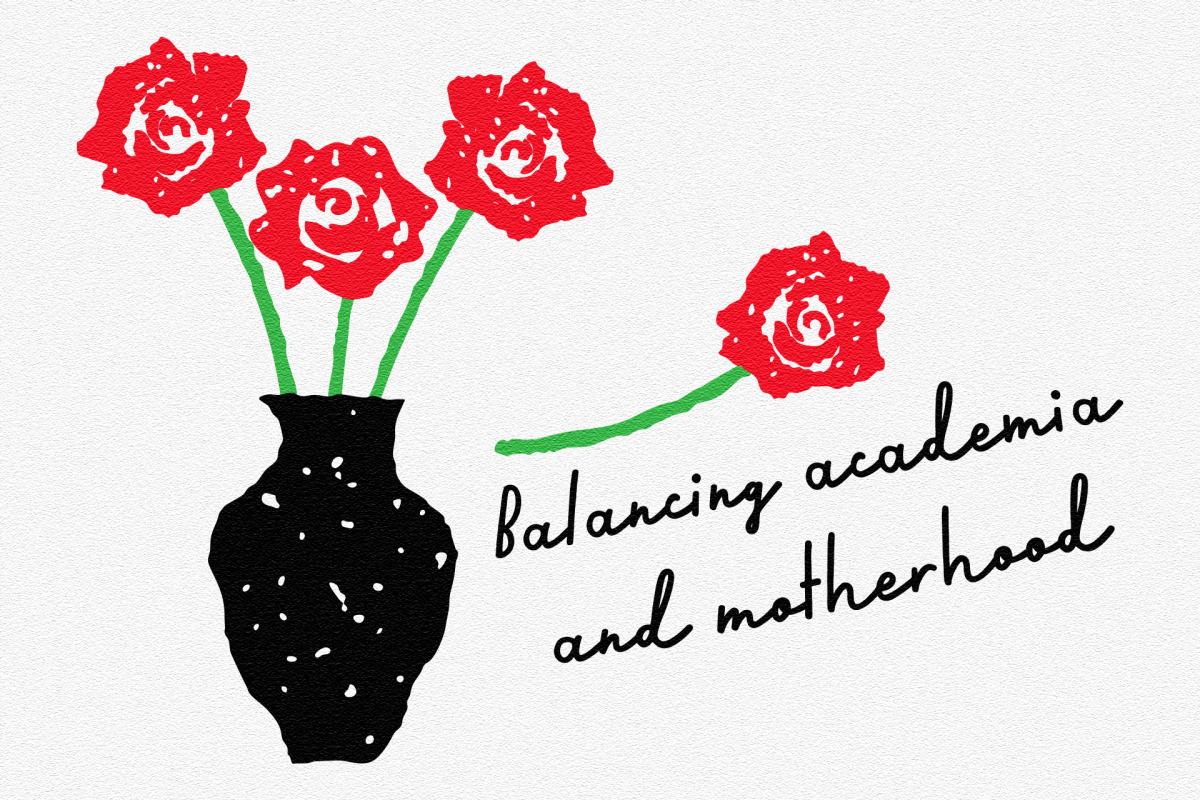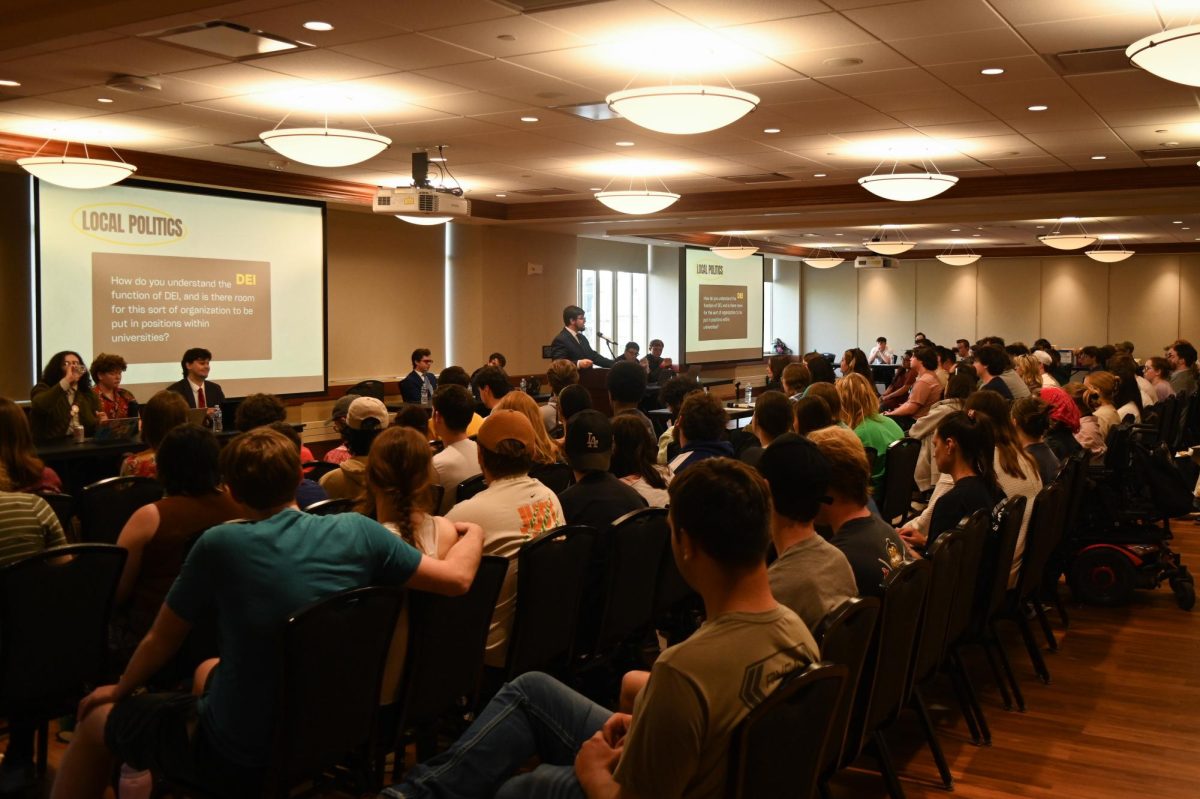Technology is ever evolving. Video cassettes have become an antique of the past, and the only places that seem to sell VHS players are second-hand stores. Over the past ten years, iPhones have evolved from a brick-like object into a form so sleek and thin that users fear bending it. Apps and software are updated daily, offering new features and increasing efficiency of everyday tasks.
The advancement of technology does not just apply to phones and computers, though. The medical field experiences some of the most life-changing advances in technology. The documentary _Nanotechnology_ explores two different medical applications of the small but mighty nanobots, and how they are infiltrating the medical field.
The human body and its functions have long been a mystery. While we have an understanding of what each organ does, diagnosing internal issues has long involved large, invasive scopes that cause discomfort to those searching for reprieve. With advancements in nanotechnology, these scopes can be rendered useless.
The PillCam is a pill-sized capsule that can be swallowed, and within 24 hours, a doctor can have a full 360 degree internal view of a patient’s entire digestive track.
This advancement in diagnosing is a gateway to other forms of medical advancements. Doctor Daniel Mishkin, a Gastroenterologist at Boston University who is featured in the film, prophesies that these advancements in diagnosing can lead to larger advancements in treatment. He hopes that as the pill-like bots advance, they become more than just cameras. Eventually, the small bots may be able to go into a patient to take samples and perform biopsies as a less painful and invasive alternative to current biopsies.
Another medical advancement linked to nanobot use is within the human eye, one of the most delicate parts of the human body. The documentary specifically focuses on a small bot that is designed to treat a specific type of blindness called Retinal Vascular Occlusion. The nanobot is syringe-injected into the eyeball, and once successfully implanted, goes on to deliver a small amount of medicine that restores blood flow to formerly deprived tissue, thus restoring eyesight. The device is controlled by a computer and responds to navigational commands from that outside source. This bot is still in trial stages and is being tested on pig eyeballs.
Among the medical advancements and benefits of nanobots, _Nanotechnology_ explores how the slimming down of everything from televisions and mobile devices to medical devices with the creation of small, sleek nanobots has led to greater efficiency and consumer benefits. While medications are also advancing, the medical field is now becoming more open to alternative forms of diagnosing and treating, and this open door is allowing nanobots to fly in.
**MOVE gives _Nanotechnology_ 3 out of 5 stars**
_Edited by Victoria Cheyne | [email protected]_





